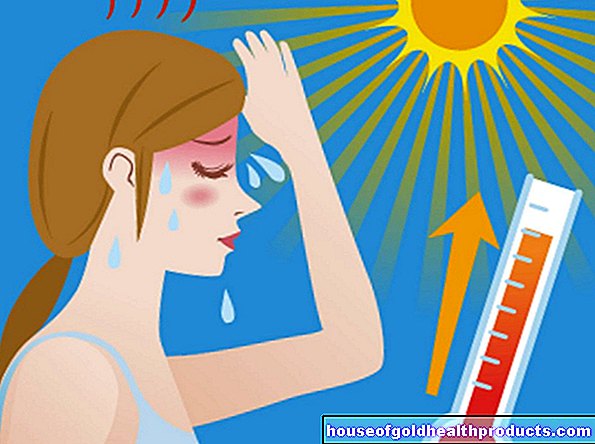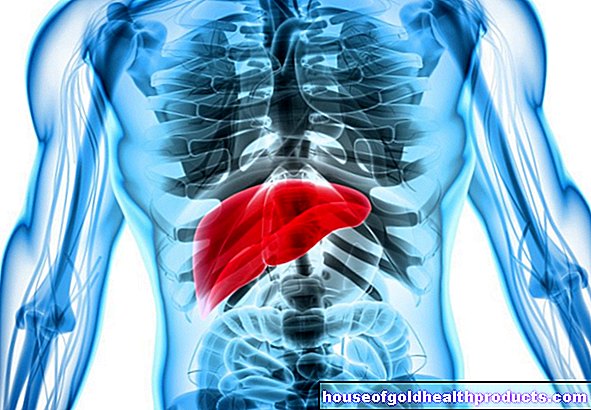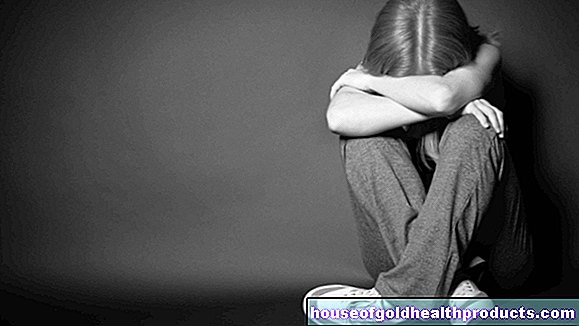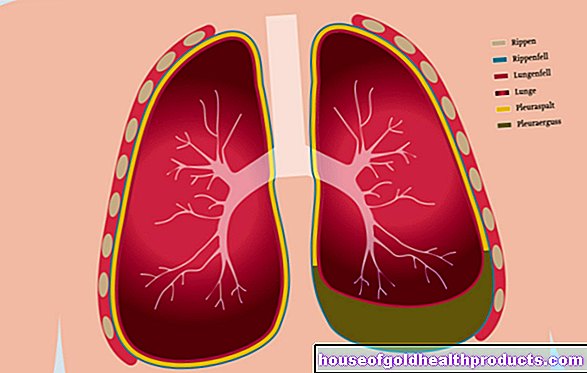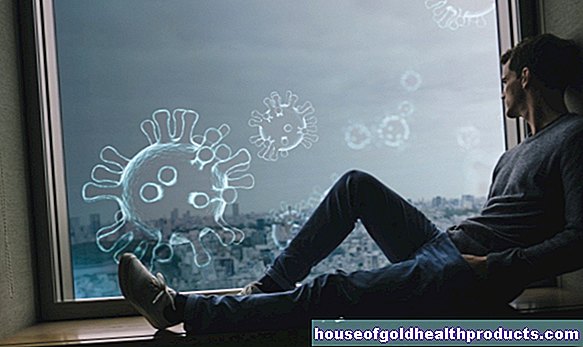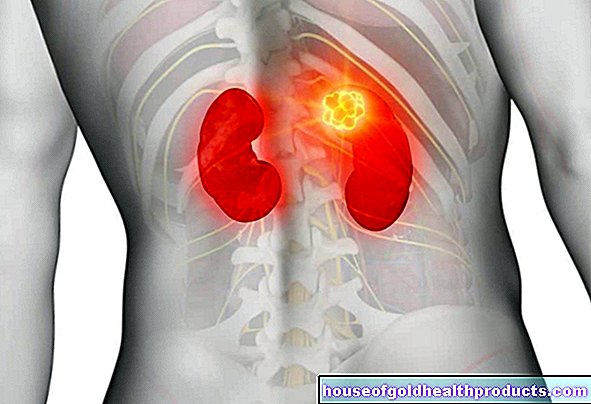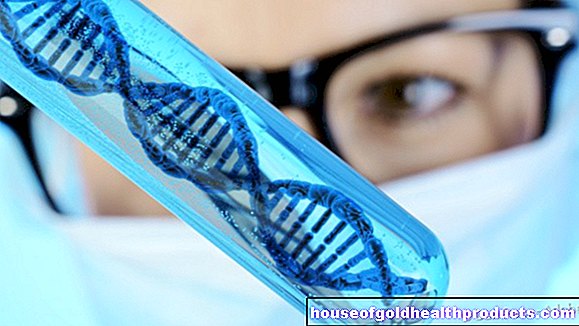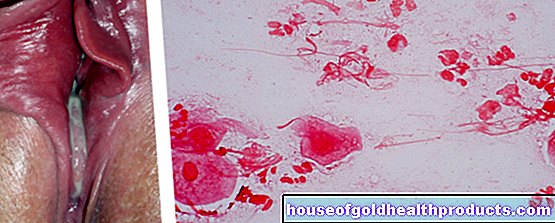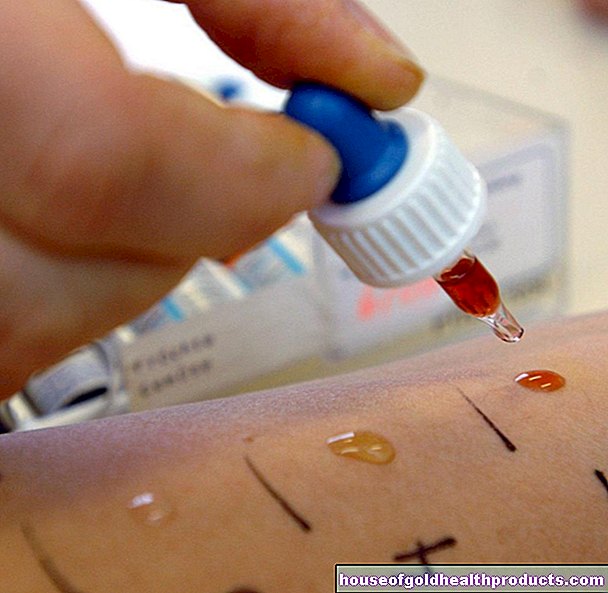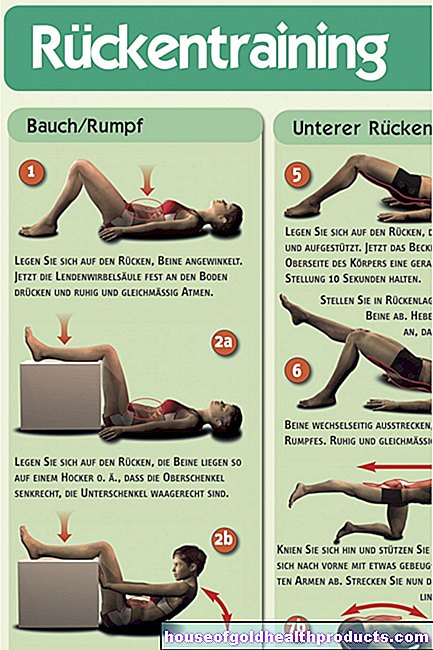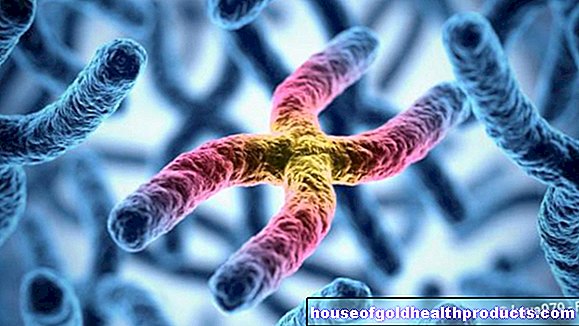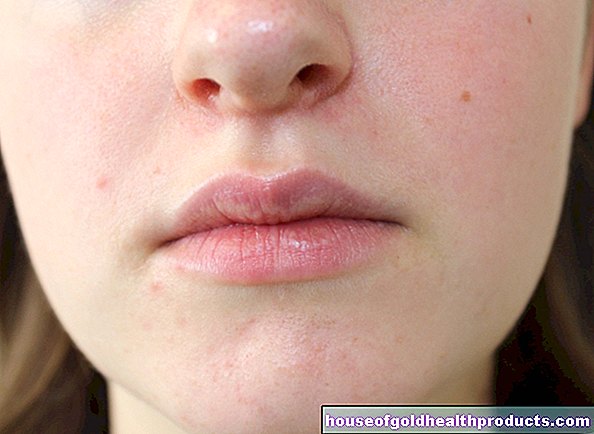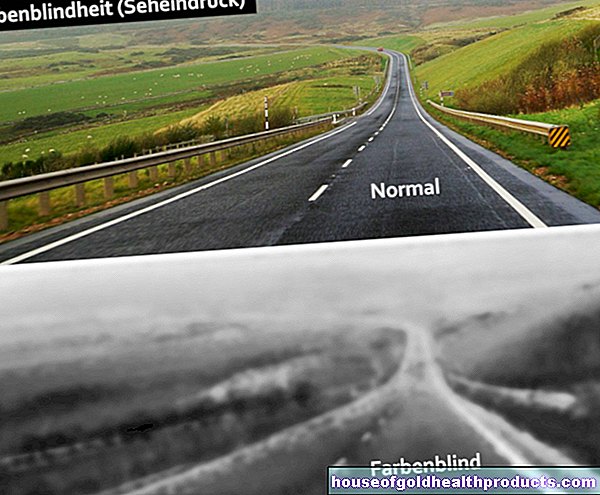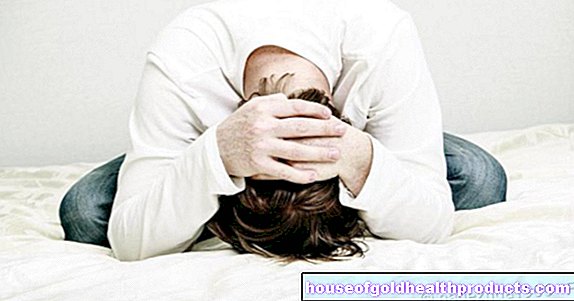Depression in children and adolescents
Julia Dobmeier is currently completing her master's degree in clinical psychology. Since the beginning of her studies, she has been particularly interested in the treatment and research of mental illnesses. In doing so, they are particularly motivated by the idea of enabling those affected to enjoy a higher quality of life by conveying knowledge in a way that is easy to understand.
More about the experts All content is checked by medical journalists.Depression in children is easily overlooked. On the one hand, because symptoms such as sadness or anxiety are taken less seriously with them. On the other hand, because their symptoms are often different from those of adults. In fact, depression is one of the most common mental disorders even at a very young age. It is estimated that one to two percent of preschool and elementary school children are affected, and between 12 and 17 year olds it is between three and ten percent. Read everything you need to know about depression in children and adolescents here.
ICD codes for this disease: ICD codes are internationally recognized codes for medical diagnoses. They can be found, for example, in doctor's letters or on certificates of incapacity for work. F53F39F92F33F34

Depression in children and adolescents: description
Tired, reluctant to play, sad for no apparent reason ... all of these can be signs of depression in children. However, the disease is often not recognized, and for a long time it was even doubted that depression even exists in children. Instead, the children get vitamins and iron supplements against tiredness, and the rest - it is believed - will grow out. But the fact is: severe depressive disorders are protracted in children and adolescents, relapses are frequent. The sooner depression sets in, the worse the prognosis.
How common is depression in children and adolescents?
In rare cases, depression in children can occur at an early age. Around one to two percent of preschool and primary school children suffer from depression. More often, depression does not appear until puberty. Depression affects around three to ten percent of young people. Before puberty, more boys suffer from depression than girls. However, after puberty, the relationship reverses. Girls then fall significantly more often into a pathological low mood than boys. Since depression is often not recognized in childhood and adolescence, it is unclear how many children and adolescents actually suffer from depression.
Depression in children and adolescents: symptoms
Young children express their feelings through behavior rather than words. Instead of the classic symptoms such as feeling down or listless, depression in children sometimes shows up in the form of outbursts of anger, strong crying or constant clinging to their parents. To make matters worse, especially the youngest people describe depression as a "stomachache" or "headache" because they still lack the ability to name depression. Parents and doctors are thus completely on the wrong track.
The older the children are, the more their symptoms match those of adults. But it is also important to differentiate well among young people. Because during puberty, sadness and despair can be part of a normal development that will disappear again after a while. Still, they have to be taken seriously.
The diagnostic criteria for depression in children are the same as for adults, but symptoms in children often take a different form. Below is an overview of possible symptoms that could indicate depression in children or adolescents:
Toddler (1 - 3 years)
- Looks sad, the face is expressionless
- Is scared and shy
- Is very affectionate
- Cry or get angry easily
- Doesn't feel like playing
- Sleeps badly
- Suck a lot on the thumb or play with the genitals
- Weighs back and forth
- Shows changed eating behavior
Preschooler (3-6 years)
- Appears sad or apathetic
- Shows hardly any or reduced gestures and facial expressions
- Withdraw or react aggressively
- Suffer from nightmares, often wake up at night
- Doesn't enjoy playing, doesn't really enjoy playing otherwise
- Lose weight or gain weight and reluctant to exercise
School child (6-12 years)
- Tell me it's sad
- Talks about thoughts of suicide
- Has poor academic performance
- Eating habits change for no explainable reason
- Feels neglected by parents
- Has strong fears
- Has unfounded guilty feelings
- suffers from a feeling of hopelessness
- Broods a lot, has trouble concentrating
Adolescent (13-18 years)
- Has little self-confidence
- Is listless or anxious
- Retires from social life
- Can't concentrate
- The school performance suddenly collapses
- Has an appetite, eating, or sleeping disorder
- Injuries to himself
- Has suicidal thoughts
- Mental health fluctuates over the course of the day
- Has no drive
Not all symptoms are necessarily indicative of a depressive illness. To be sure, or if you suspect that your child is suffering from depression, you should seek professional help. Contact family or youth counseling centers or seek out a child and youth psychiatrist.
Special case of anaclitic depression in infancy
A particularly severe and tragic form of depression is known as anaclitic depression. The development researcher René Spitz observed this type of depression in infants in nursing homes and hospitals in the last century. If children are separated from their caregiver, usually the mother, for three to five months or longer in their first year of life, they show severe physical and mental impairments. The bond plays a decisive role, especially in the first years of development. Even with good medical care, children wither away if they do not receive love and security.
In the first period of separation, the infants cry a lot, later they refuse to have contact with other people. If the separation lasts longer, the depression worsens. The children no longer cry and behave apathetically. They barely show facial expressions and do not interact with other people. Infants with anaclitic depression are more susceptible to disease and physical development is slower. If children have no caregiver for more than five months, there is a risk that they will die.
Depression in Children: Causes and Risk Factors
Whether it is a child or an adult, the mechanisms underlying depression are still not fully understood. However, it is a complex interplay of genetic, other biological and environmental influences.
Genetic Influences
The genes certainly play a role in the development of depression. In children whose parents suffer from depression, the risk of developing the disease is significantly higher.
Environmental factors
It is now assumed, however, that it is ultimately environmental factors that play a decisive role in causing depression in children. With children, the family plays a crucial role. A good relationship with parents who instill support and love can protect children from depression. Pressure to perform, divorce or the death of parents, but also teasing at school, poverty and sexual abuse are all possible triggers of depressive illnesses. It is not only the strength of the stress that is decisive, but also how well the child has learned to deal with crises, to solve problems or to seek help.
Puberty risk phase
Depression is more common in adolescents than in children. Puberty poses a particular risk. This time is associated with many changes and great challenges and thus with an increased level of stress. Young people are looking for their own identity, they distance themselves more from their parents and seek belonging from their peers. The body and the external appearance also change significantly during this time. The hormonal turbulence in this phase of life probably also play a major role. The great uncertainty that the upheaval brings with it can contribute to the outbreak of depression in adolescents. However, good social relationships with parents or friends can counteract this and strengthen the young people.
Depression in Children: Investigations and Diagnosis
Recognizing depression is not easy, even in adults. This is even more difficult with young people, as it is often difficult to distinguish them from age-typical "normal" problems.
Basically, however, the examination for and diagnosis of depression in children and adolescents follows the same scheme as the diagnosis in adults. The diagnosis is based on the ICD 10, the International Statistical Classification of Diseases and Related Health Problems, which lists three main symptoms - depressed mood, loss of interest, and listlessness and fatigue - as well as seven secondary symptoms, including feelings of guilt, sleep disorders and changes in appetite.
These are recorded by the doctor or therapist using standardized questionnaires. There are also physical examinations to rule out a physiological cause of the abnormalities.
Depression in children: treatment
Once a child's depression is recognized, it can be treated accordingly. Antidepressants in particular can get small patients with severe depression out of the "black hole". However, they are only used with the utmost care and in addition to other therapeutic measures. Antidepressants do not make you dependent.
Hardly studied drug effects
The problem, however, is that many anti-depression drugs that help adults have not yet been adequately researched for treating children. The influence of drugs and therapies has so far not been researched enough, especially in young children. In this case, attention must be paid to the behavior of the children, especially at the beginning of treatment. Because sometimes antidepressants can trigger aggression and suicidal thoughts or attempts in younger patients.
Helpful psychotherapy
Therefore, children with mild to moderate depression should preferably be treated with psychotherapy. Psychotherapists are important companions on the way out of depression. It is usually advisable to include family members in family therapy. Play therapy can help younger children: Safety and self-confidence are strengthened by playing in a protected environment and new behavioral options are tested in a playful way.
In older children and adolescents, the combination of cognitive behavioral therapy and medication is also suitable for severe depression. As part of behavioral therapy, adolescents are encouraged to break the vicious cycle of depression, develop new thought patterns and discover techniques for solving problems. In this way, you will be better equipped to deal with crises in the future.
Depression in childhood and adolescence: disease course and prognosis
It is important that parents, kindergarten teachers and teachers are vigilant and learn to correctly interpret the confusing multiple signs of depression in children. Anyone who suspects their child is depressed should not wait, but seek competent help as soon as possible. Because depression is a serious mental illness. If left untreated, they can be fatal: Children are also at risk of suicide in the event of severe depression.
If depression in children and adolescents is not treated, there is a high risk that the disease will become chronic. Especially among young people, the relapse rate is very high at around 70 to 80 percent. Changes in the brain are presumably responsible for this and for the risk of chronification. On the other hand, depression in children and adolescents is associated with concentration and learning difficulties, which are reflected in school performance. This contributes to increasing stress and makes it difficult to break out of negative thoughts. With timely treatment, around 30 percent of children and adolescents will regain permanent health after a depressive phase.
Tags: menshealth stress menopause